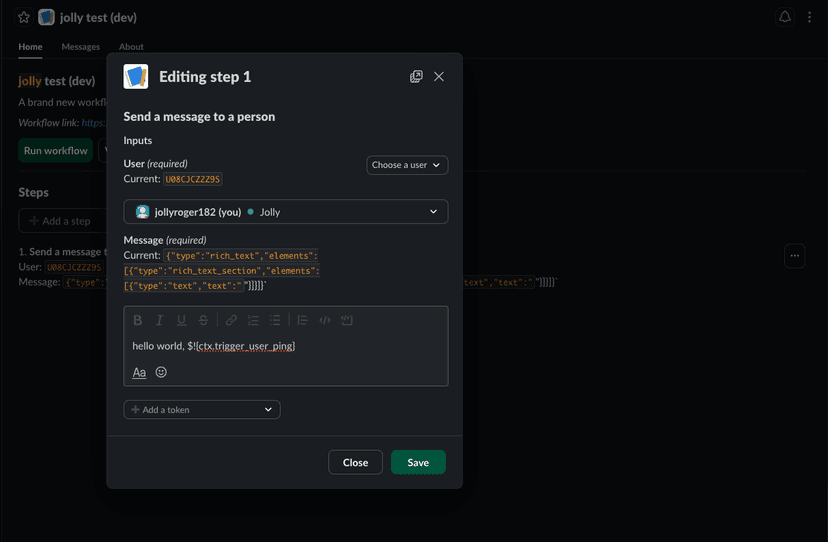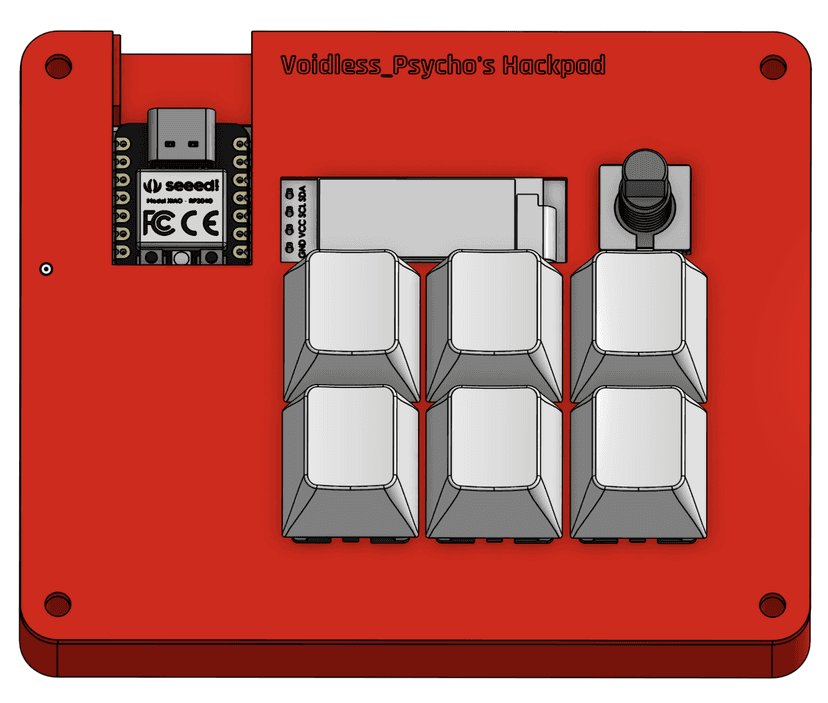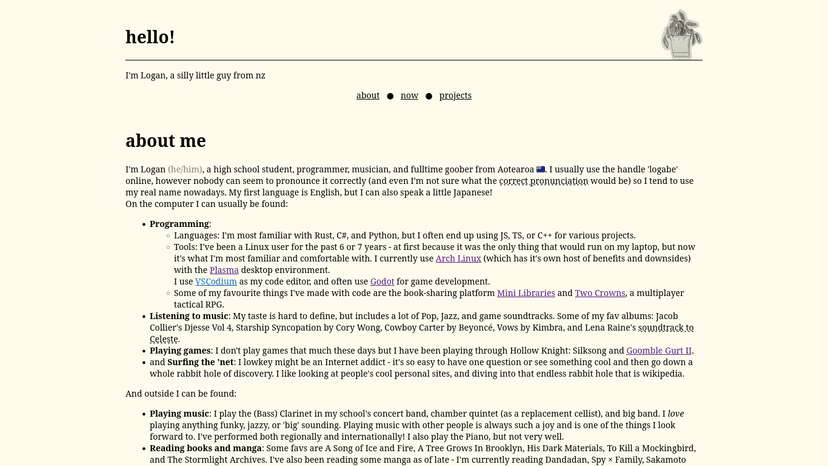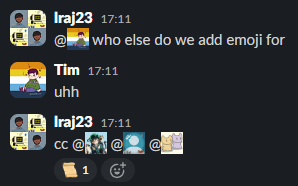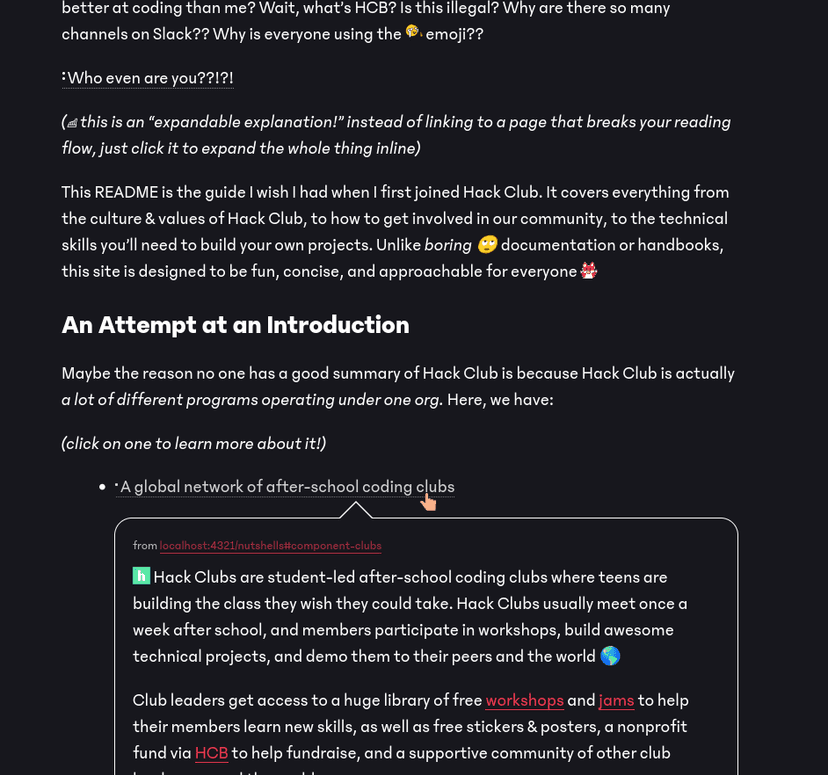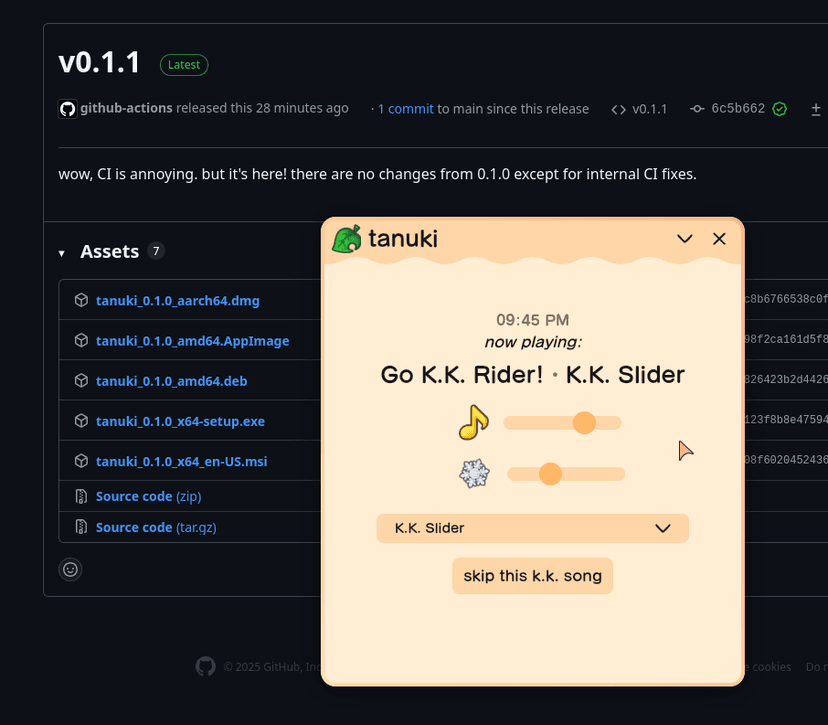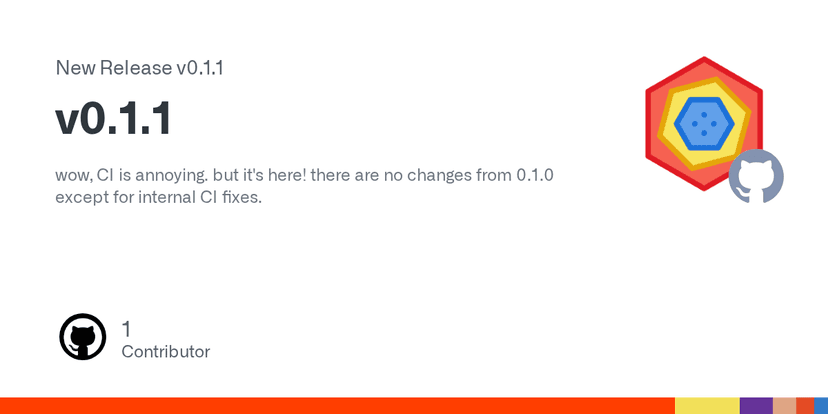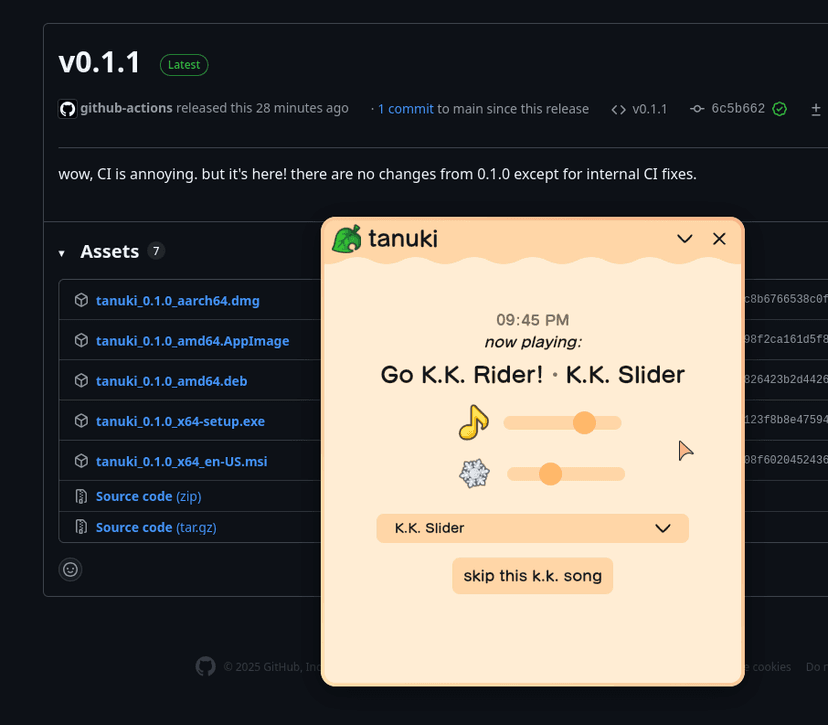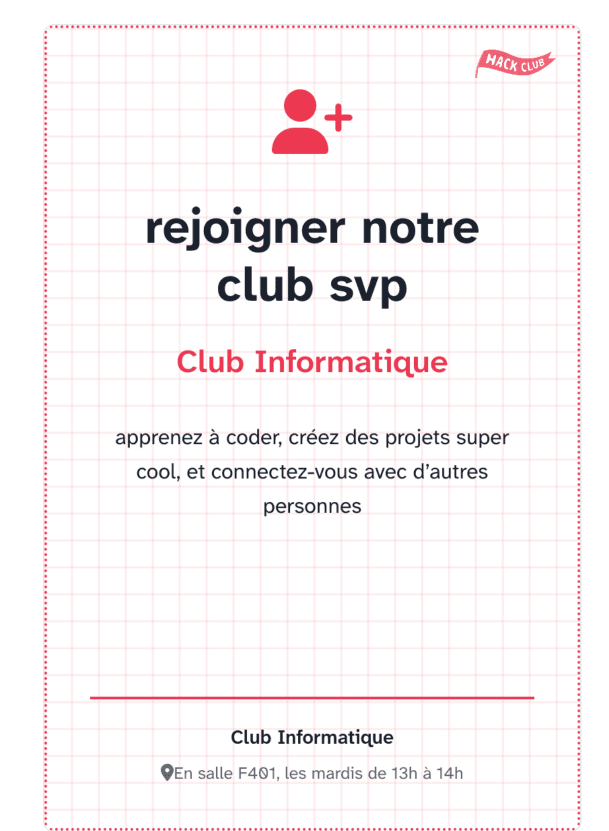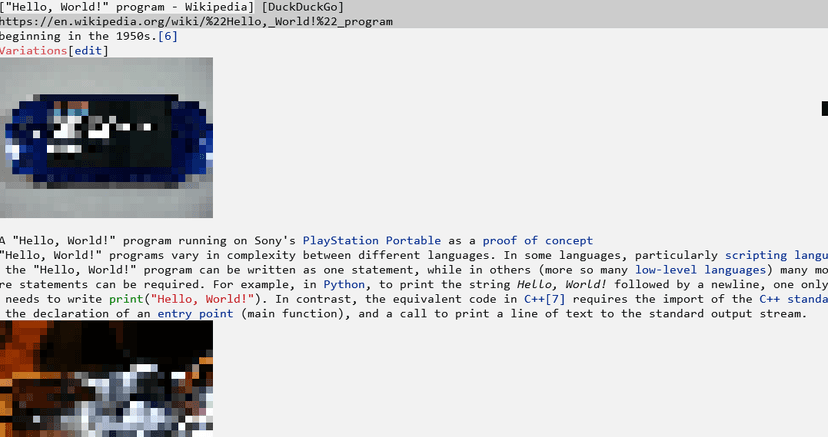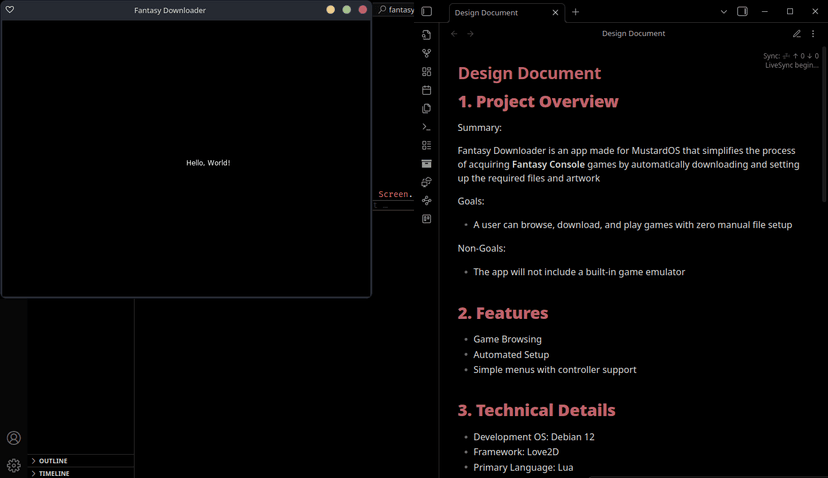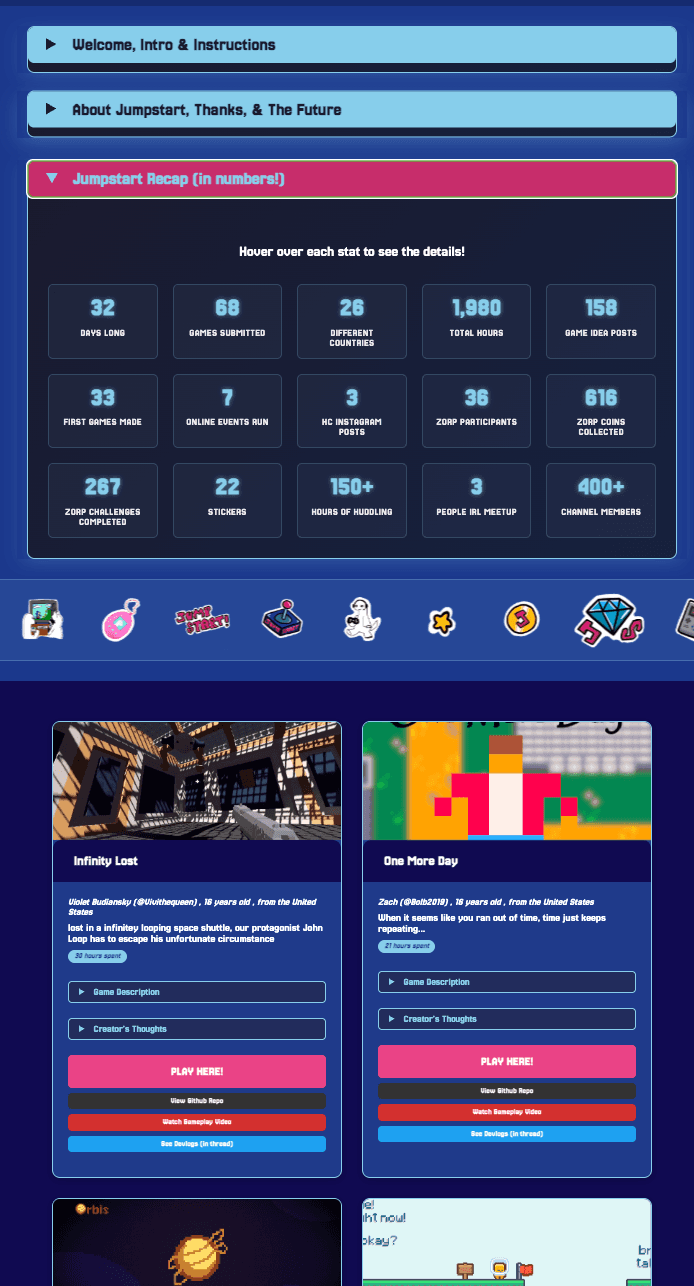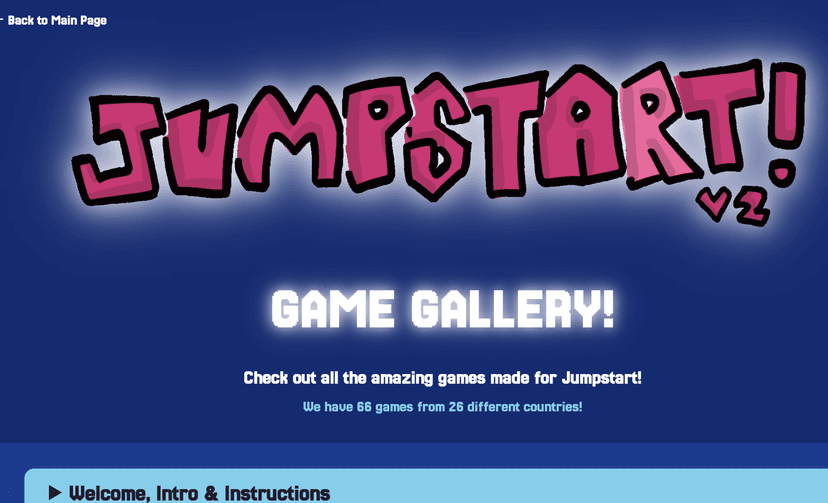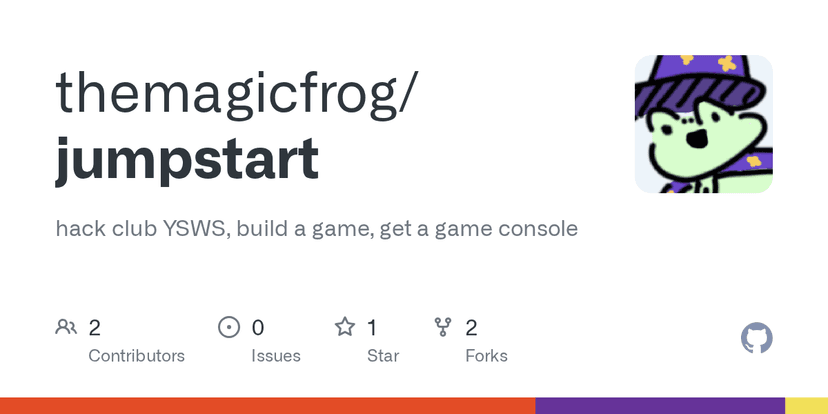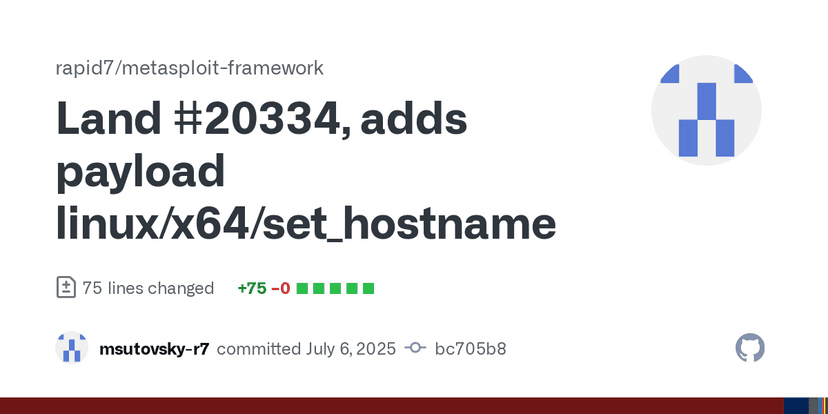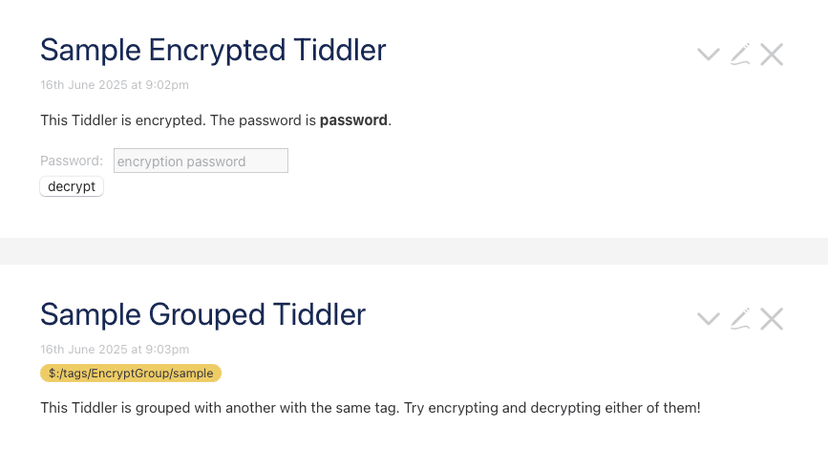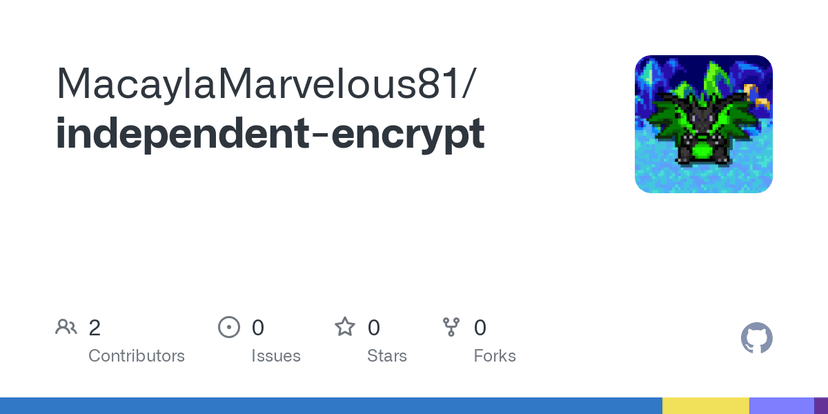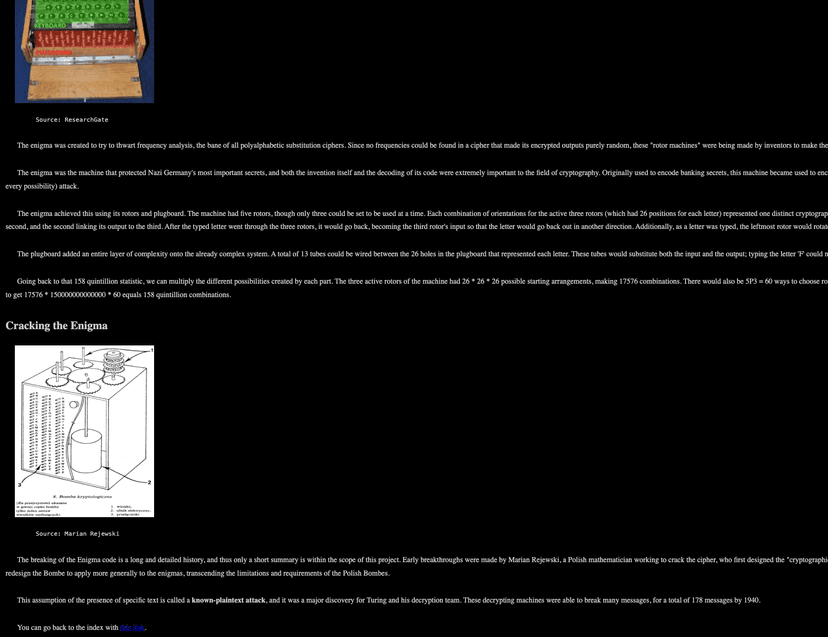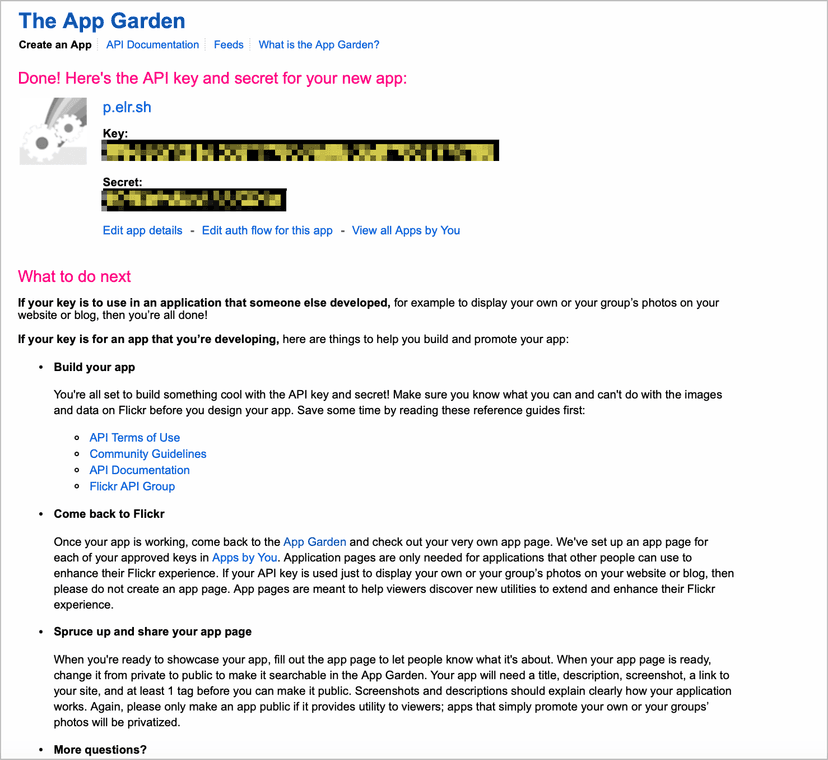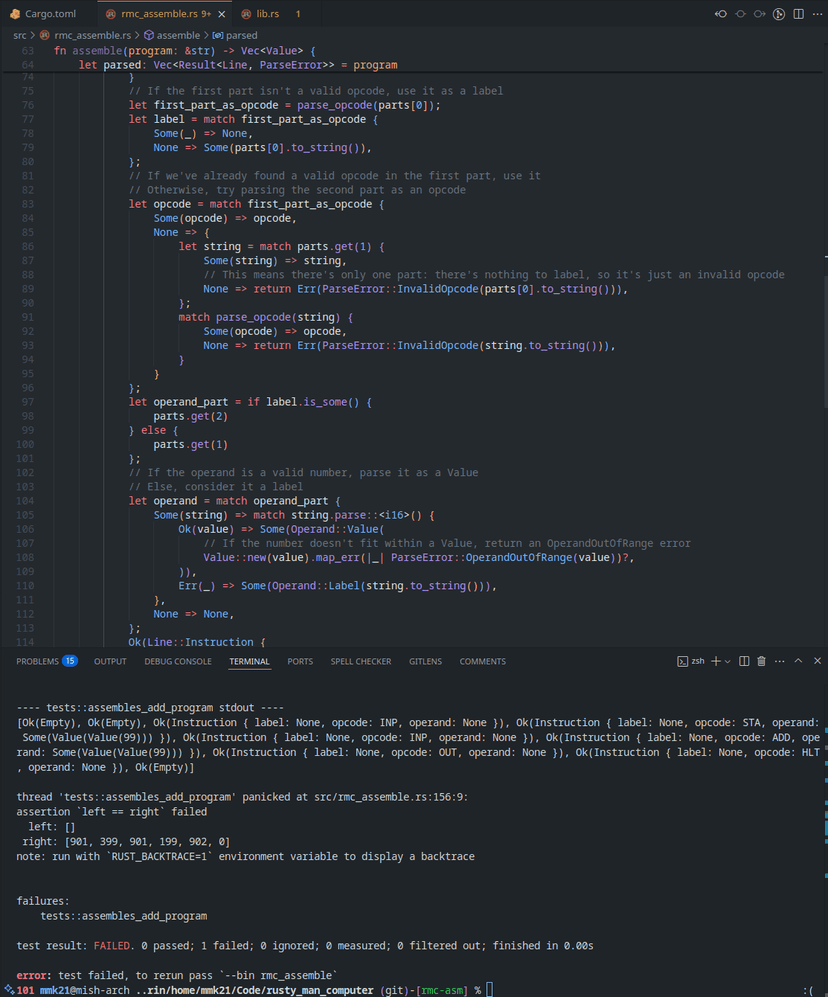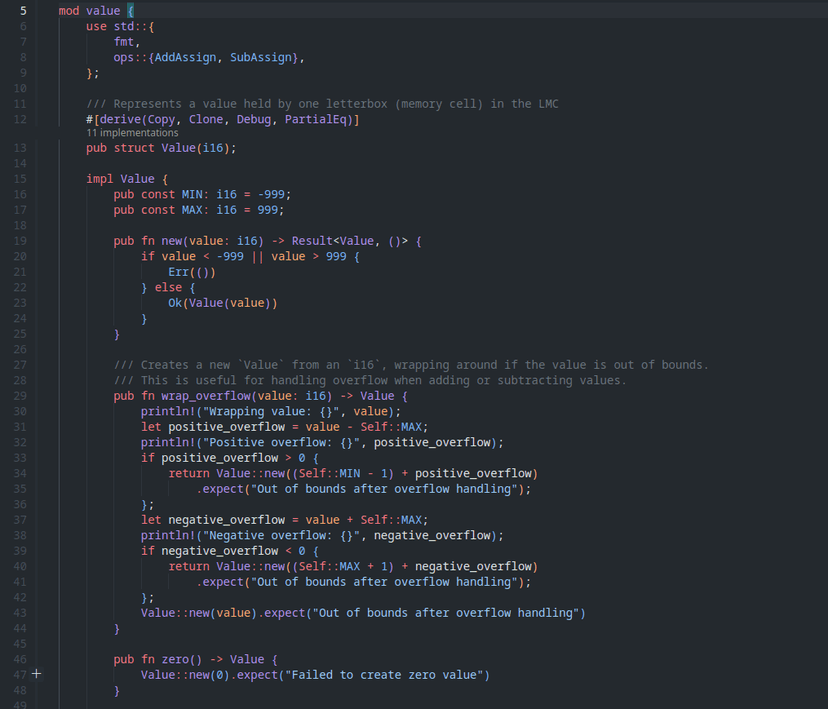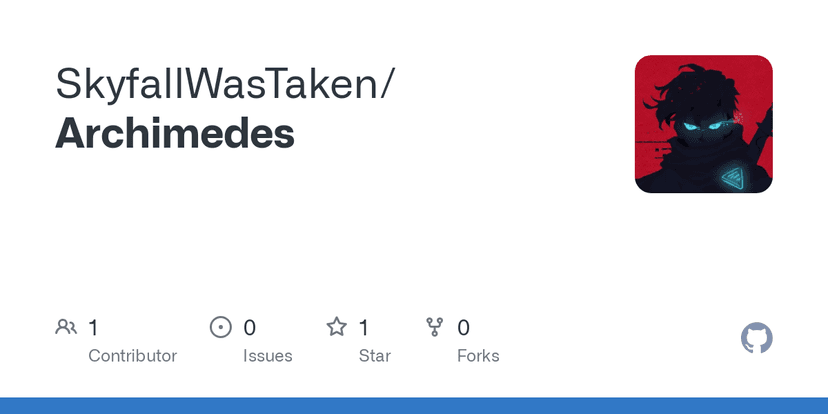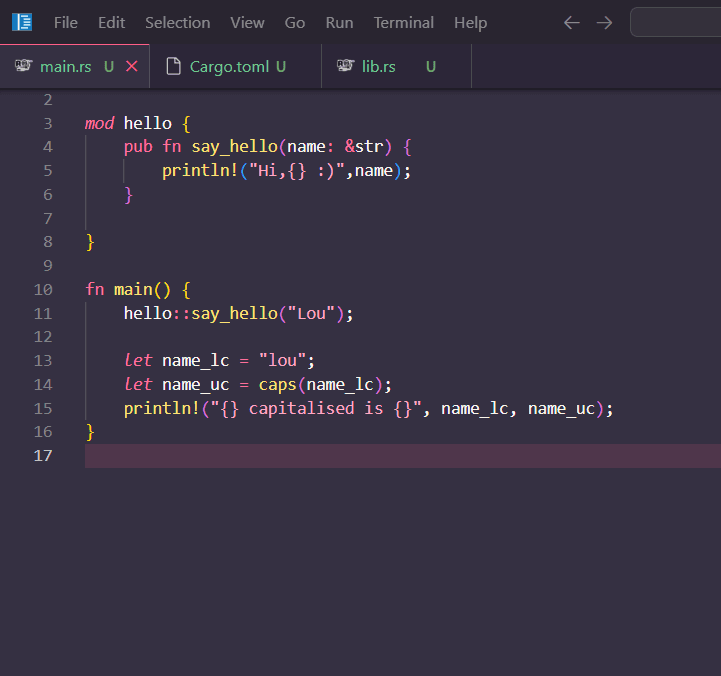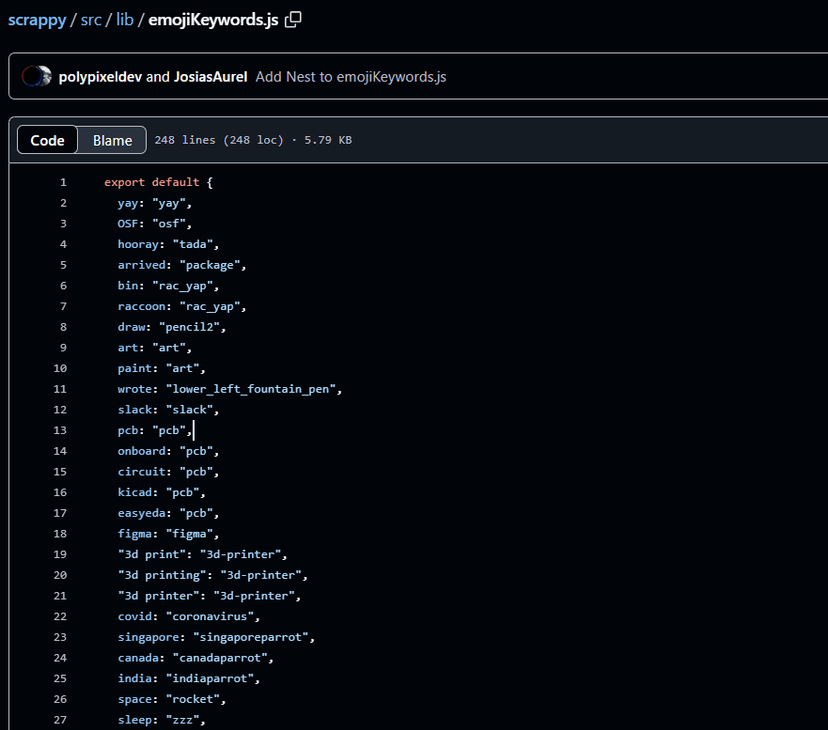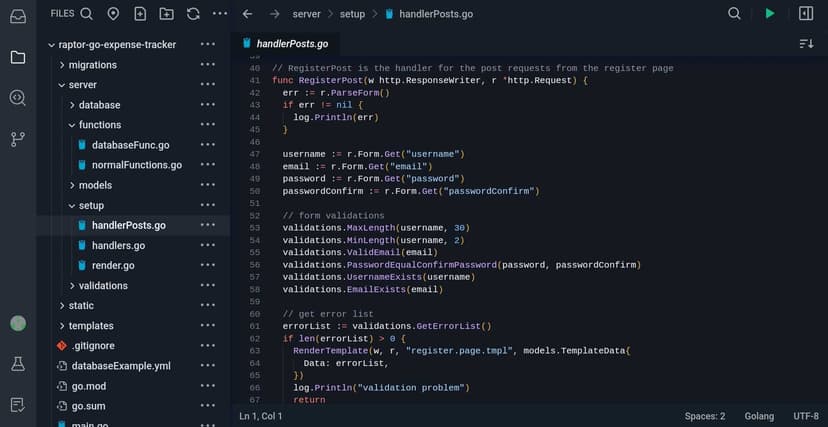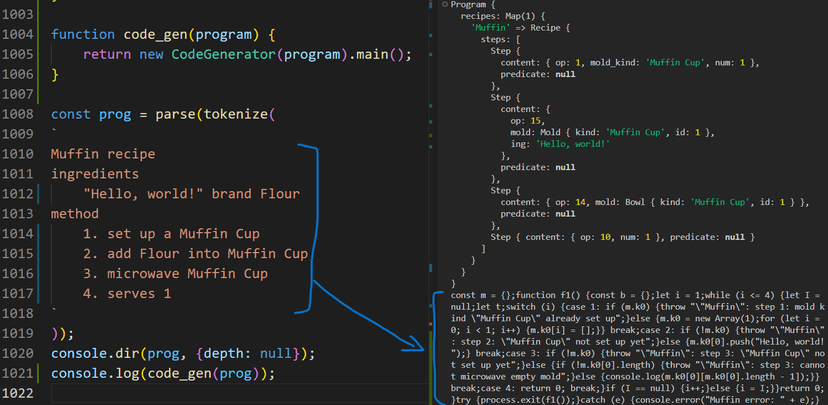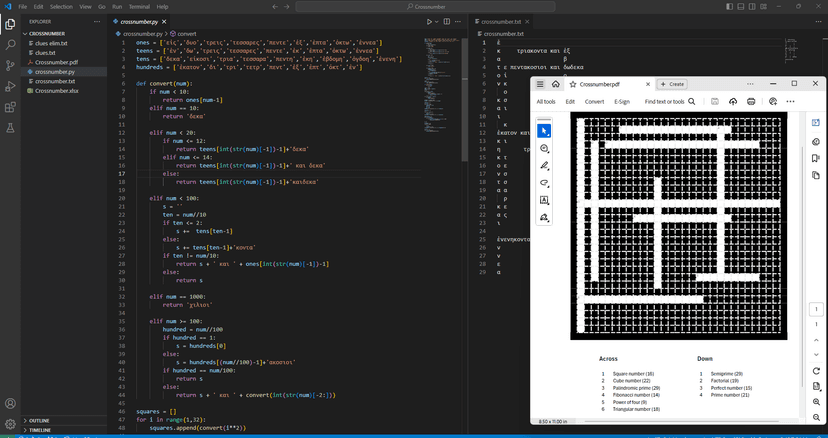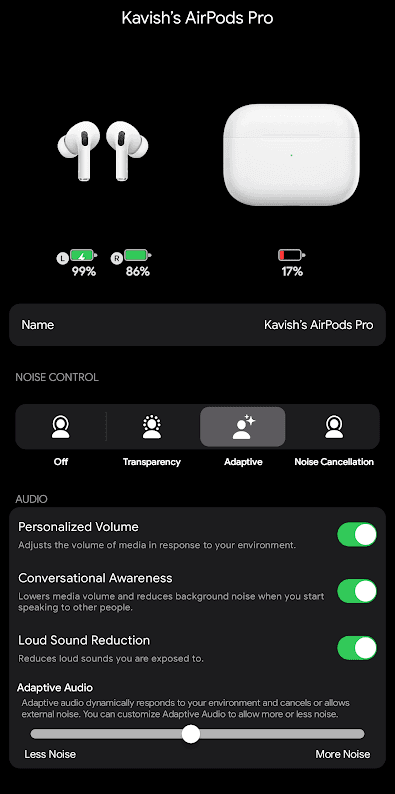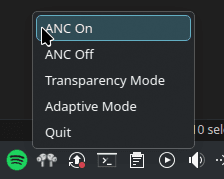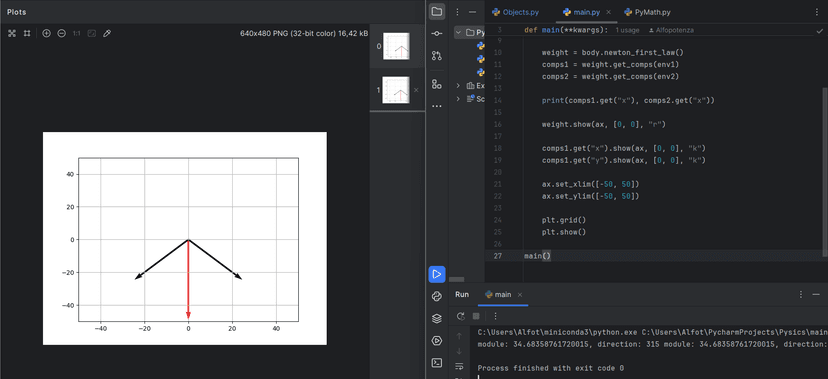Now after they got nothing to do they will wander around just for funnies :DD (as i am making this game to have unique levels each time i will make this be semi random [big random number pool, like doom does it ;DD]) Next up -> make em speak/ exchange info and remember where was something or someone so they can pass down this info :))
🖋️
Posts tagged with :lower_left_fountain_pen:
Have you ever struggled to really connect with someone? In my family, we often have the problem of not knowing what kinds of questions to ask each other. We want to actually learn more about one another, but are too often faced with distraction or a lack of ideas. We want something that will be fun and actually tell us more. That's why we created our website, Break the Ice. The purpose of this website is to provide a fun and engaging way to get to know other people, through asking the right questions. Our website generates questions in three levels. Basic questions, which help you learn about what's on the surface of a person, Mid-level questions, which offer ways to dive deeper and begin to understand them, and Deep questions, which provide thought provoking prompts to help grasp their core beliefs and identity. Anyone can search up a list of "Get to know you questions" but wouldn't you rather have a website dedicated to their curation, with a fun command-on-click user experience? I sure would. We hope this website inspires more connection between people, without the barrier of brain fog.If you take one thing away from this, go to a hackathon! They can be so much fun and they allow you to connect with people with similar interests who you might not otherwise meet. Anyway, thanks for reading! There was also a speaker panel, so I might post the advice I learned from that. Keep an eye out!
WaitEvent, which blocks the application until events occur, reducing CPU usage. In the end I went for a hybrid solution which updates a minimum 4 times per second, or whenever events occur. Hopefully this will suffice until I can work out the kinks in the API (and maybe even merge it upstream 👀)
• Did some thinking on my YSWS
• Bunch of housework lolbin_creator program (part of Rusty-Man Computer) by letting it accept multi-line input, because that's the format you get when you copy memory data from the online LMC simulator. This should make it much more convenient to use (previously, you had to manually remove the newlines). This involved learning how to get the last two digits of a string in Rust, which is a bit more involved than it sounds (I got away with line.chars().rev().take(2).collect::<String>())
I also wrote a script (build_binaries.sh) to use cross to cross-compile my code for 3 different target platforms, and then copy the generated binaries into a single folder to make them easy to upload to GH Releases.
Naturally, I used that script to publish my first release that contains pre-compiled binaries for multiple platforms, which you can read about at github.com/RandomSearch18/rusty_man_computer/releases/tag/v0.4.0
Next, I want to start work on an assembler tool to add to the project :Dcross, working towards perhaps releasing a stable version. But for now, it's 7pm, and I should really be revising for my Physics mock tomorrow morning. Cya!spade-serial and spade-upload ! They can upload games to a #C02UN35M7LG| or whatever device running Spade. I spent a lot of time writing the tests and documentation.. I wanted to get it right since this is my first time, so I know what to do in the future. spade-serial is the crate that does the actual work while spade-upload is the application that makes use of the crate. It's useful to me because I use Safari on my MacBook and Firefox on my other laptop, neither of which implement the Web USB API, so this provides a way for me to put games on my Sprig without installing another browser that I don't want to use. I made spade-serial into a crate because I wanted to keep the logic separate so that people could apply it in multiple places, like maybe a GUI app.
The game uploaded in the video is this game. I did not create it.
GitHub Repository | spade-serial on crates.io | spade-upload on crates.iolibbluetooth_jni.so (the bluetooth stack). Then, I used my smol brain to make a few changes to the source code (and by a few changes, i mean commented a few lines)... And, it worked!
Rant about Apple - Guess what- They hide their handshake packet from the PacketLogger app which allows me to view all the packets sent/received from my mac to any bluetooth device. Fortunately this was available online thanks to some other people who worked way before me. Apple even hid another packet necessary to activate Conversational Awareness and Adaptive Audio! Somehow, I got really, really, really lucky, and the packet just showed up in the PacketLogger app, shortly after which, it crashed. 




